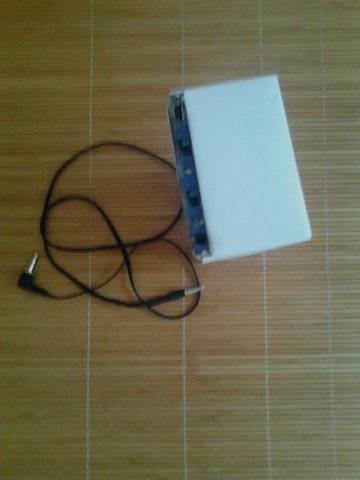
On the 31st, China's new generation of ocean-going comprehensive scientific research ship "Science" successfully completed the Western Pacific comprehensive inspection voyage and returned to Qingdao's home port. The expedition team carried out maintenance and upgrade of the West Pacific real-time scientific observation network in this voyage, realizing the real-time transmission from Beidou satellite. Observing network data improves the security, autonomy and reliability of real-time transmission of deep sea data.
Wang Jianing, the chief scientist of the voyage and a researcher at the Institute of Oceanology of the Chinese Academy of Sciences, said that the expedition team carried out maintenance and upgrades on the 20 sets of potential targets of the Western Pacific Real-Time Scientific Observing Network, including replacing batteries, optimizing stations and installing Beidou satellite communication modules.
Since the Beidou satellite is generally used in ships and island reefs, the communication module size and power consumption are not limited. The submarine standard volume is very small and can only be powered by batteries. This requires that the Beidou satellite communication module not only has to be small, saves electricity, but also runs stably. To this end, the Institute of Oceanology of the Chinese Academy of Sciences has specially developed the Beidou communication module suitable for the submarine.
“In addition, data such as seawater temperature, salinity, flow rate and flow direction observed by submarine targets are transmitted back to the land laboratory through satellite every hour, and the amount of data is large. To this end, we have developed a multi-module communication transmission technology.” Wang Jianing Said, "It's like transferring a movie. We split it into 10 copies and transfer it to a computer at the same time with 10 mobile phones. The transmission efficiency is greatly improved. After receiving different data packets, the background is combined into one. the film."
It is understood that since the use of Beidou satellite, the real-time data transmission of the Western Pacific Real-Time Scientific Observation Network is very stable.
Wang Fan, director of the Institute of Oceanology of the Chinese Academy of Sciences, said that the Western Pacific Real-Time Scientific Observation Network realized the use of Beidou satellite to transmit real-time observation data, which changed the history of relying on foreign satellites in the past and improved the security, autonomy and reliability of real-time transmission of deep-sea data. .
This voyage, the expedition team members inductive coupling and underwater acoustic communication technology, the depth of real-time transmission of observation data from 3,000 meters to 6000 meters.
It is understood that China's self-constructed Western Pacific real-time scientific observation network currently has 20 sets of submersible standards, 4 sets of large buoys and shipborne mobile observation equipment, etc., and has continuously obtained 5 years of deep sea observation data in this area.
Wang Fan said that the data obtained by the Western Pacific Real-Time Scientific Observatory will serve deep-sea frontier research, climate prediction and marine environmental forecasting, especially the data transmitted in real time will improve the accuracy of climate and marine environment prediction.

 英语
英语  中文
中文  德语
德语  韩语
韩语  日语
日语  波斯语
波斯语  葡萄牙语
葡萄牙语  俄语
俄语  西班牙语
西班牙语 





